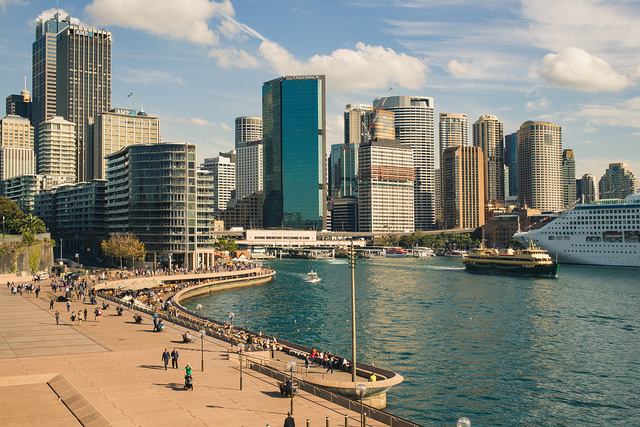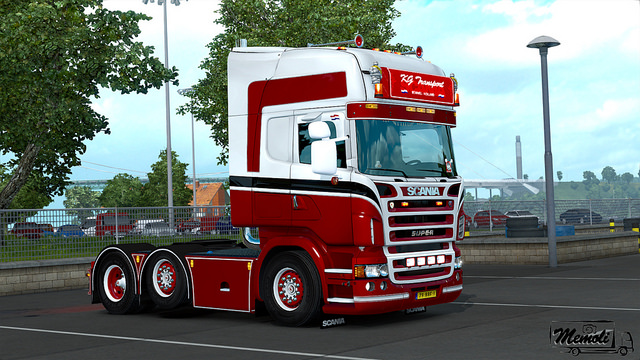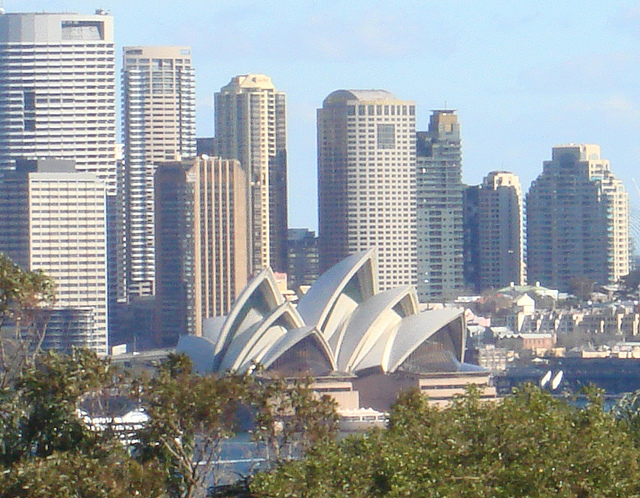Australia is experiencing a population boom that is having a burgeoning effect on its economy. A mini baby-boom, along with an aggressive immigration campaign to attract young, skilled immigrants to its shores, is delivering both future consumers and workers to keep the economy growing.
Craig James the chief economist of CommSec said,"One of the key drivers of any economy is population growth. Put simply, if there are more people, then retail spending will be higher, more homes will be built and more services provided."
At a time when the world's economically developed nations are experiencing low population growth, and an ever increasing greying society. Australia has a population growth of 1.2% which is twice that of China, three times that of Europe and on par with Mexico.
With the increase in birth-rates coupled with the government's policy of enticing young immigrants between the ages of 15-34, Australia is insuring that in the future there will be more tax payers to support the retired.
Government figures show that 70% of all skilled labour immigrating to Australia is between the ages of 15-34.
Policy makers are targeting permanent residence immigration of 140,000 this financial year and business groups are lobbying for permanent migration to increase to 180,000 next fiscal year.
Business is developing at such a fast pace that 16 new skilled positions have been added to the Skilled Migration Program. The Skilled Occupations List has increased to 81 positions.
These aggressive changes to immigration policy have been implemented to fill the growing number of job vacancies that 15 years of uninterrupted economic growth has achieved.
Jobsearch, the government run employment web-site lists some 120,000 job vacancies nationally.
Companies have conducted road shows worldwide for a global talent search to entice skilled workers to immigrate so to fill huge skilled employment shortfalls in industries such as mining, construction and engineering industries.
The Australian government and businesses have had to resort to such extremes to keep ahead of other international competition for skilled labour. Business and government officials from the UK, Canada, India, New Zealand and Iceland are just some of the countries that are on a recruitment drive for foreign skilled labour.
The rising national birth-rate can also be attributed to policy implementations. The government is enticing families to have more children with tax benefits, and couples having their first child receive AUD$3,000(US$2,170).




